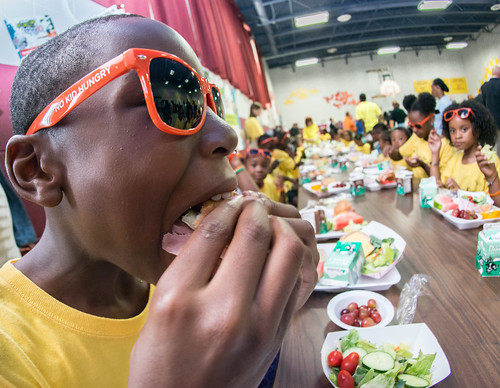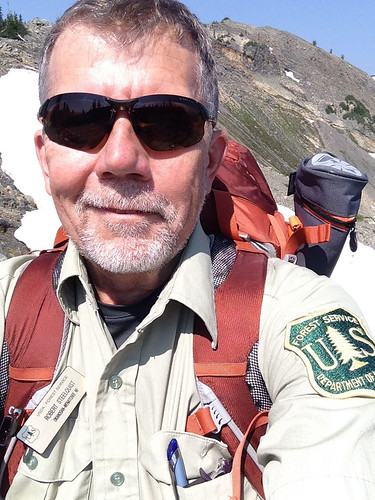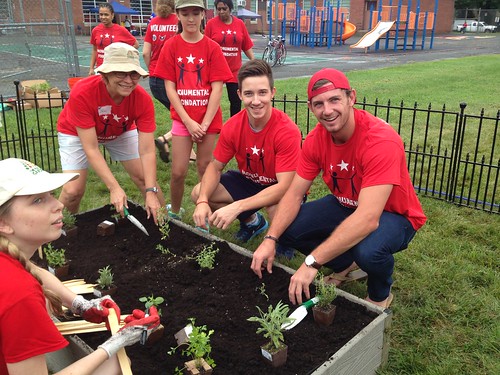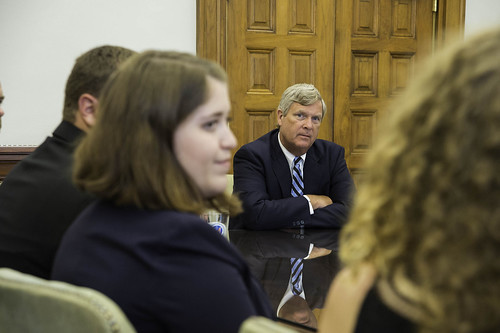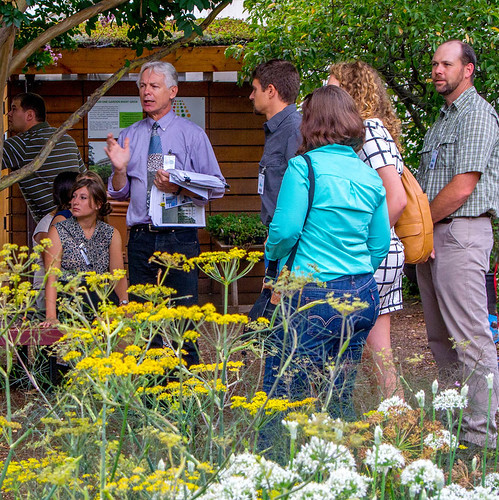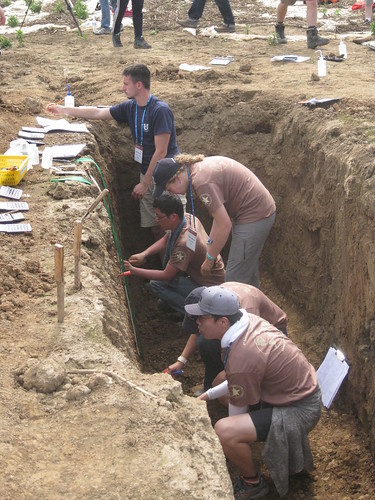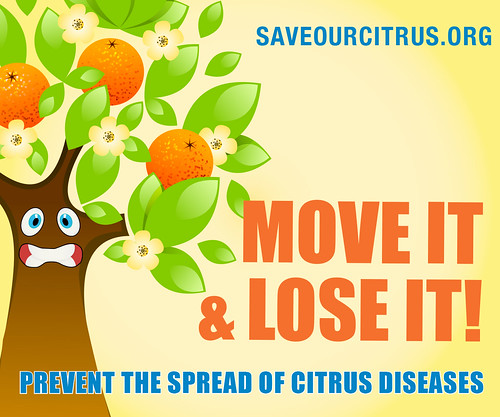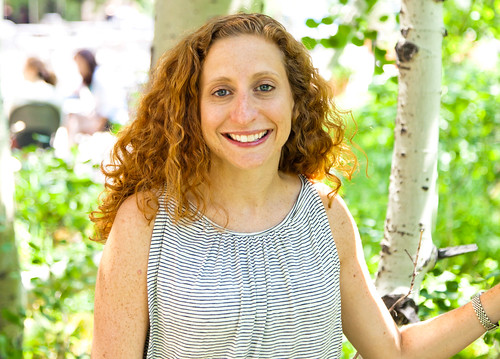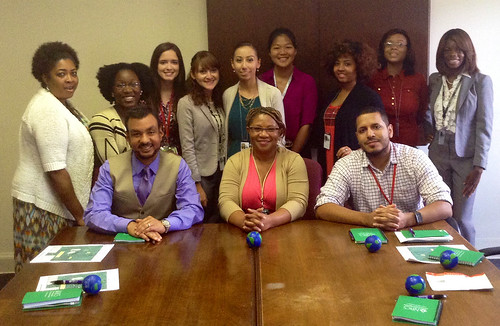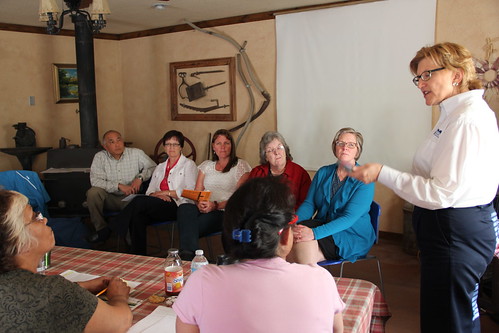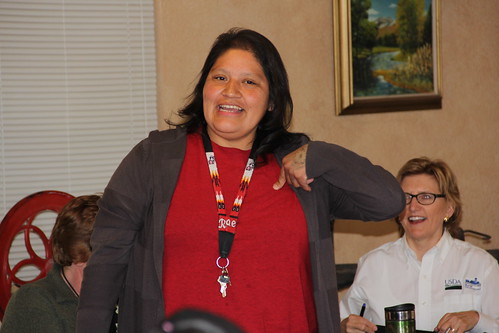
Administrator Rowe views the healthy offerings provided at a local farmers market.
Earlier this month, USDA celebrated National Farmers Market Week to highlight the healthy offerings they provide American families. The department invests in farmers markets in a myriad of ways – from helping farmers develop their products for markets, to enriching children’s bodies and minds through the “farm to school” program. In fact, today there are more than 8,000 farmers markets listed in the National Farmers Market Directory, with more than 5,000 of those farmers markets and farm stands accepting SNAP benefits.
During the month, I had a chance to speak with Lt. Col. Eric Smith, commander of Fort Meade’s (Md.) Headquarters Command Battalion. We discussed USDA’s partnership with the Department of Defense and supporting the Healthy Base Initiative through FNS programs. DoD’s Healthy Base Initiative works to improve the health and wellness of service members and their families by reducing obesity and decreasing tobacco use. Currently, 14 military installations participate in a pilot to create an environment that promotes healthy lifestyles. Fort Meade is one of them.
While at the Maryland’s Farmers Market Week kick-off event, Smith and I had the opportunity to meet with the state’s Department of Agriculture Secretary, Buddy Hance. Smith explained the importance of providing healthy and nutritious foods to all Americans, and for good reason. According to a ‘Mission: Readiness’ 2012 report, 25 percent of today’s young adults are too overweight to serve in the military, an epidemic that impacts our Nation’s security.
At FNS, our programs are designed to fight hunger and improve the health of our families and children, some of whom will be called on to defend our nation. Federal nutrition assistance programs can serve as a vital bridge to improving health problems associated with obesity.
Fort Meade’s Farmers Market Manager, Marsha Johnston, educated customers about the Double Value Coupon Program (DVCP) for Women, Infant and Children (WIC) participants, including a young woman shopping for fresh produce. Through Maryland’s Department of Health and Mental Hygiene, she received WIC vouchers that could double her purchasing power at the market. The goal of DVCP is to provide consumers in under-served communities the opportunity to double the value of their healthy purchases with their federal nutrition benefits from WIC and the Supplemental Nutrition Assistance Program.
My father served during World War II and was part of what some refer to as “the greatest generation.” I’m proud to know that USDA’s nutrition programs enhance not only our country’s health, but also our security.
